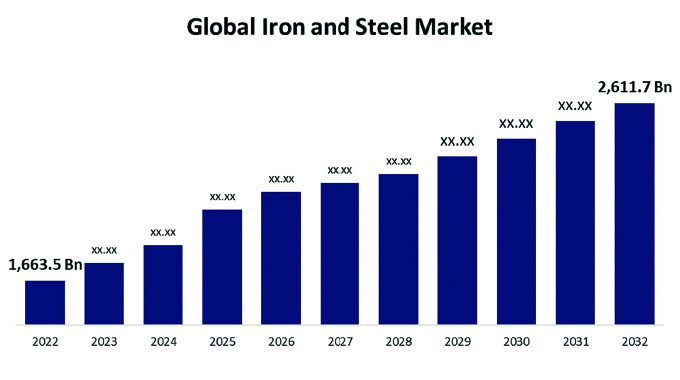Funding a major headache for Zim Asset


Food security and nutrition is one of the four clusters being prioritised under Zim Asset, the Government’s latest economic blueprint
Business Reporter
GOVERNMENT has demonstrated a desire to transform the economy through crafting of the Zimbabwe Agenda for Sustainable Socio-Economic Transformation, but the blueprint may fall short of targets due to inadequate funding.
Zim Asset is the Government’s new macro-economic policy that will guide economic development programmes over the next five years until December 2018.
The blueprint, which borrows from the ruling party Zanu-PF’s election manifesto and previous national development programmes, identifies four, but all-encompassing clusters, namely food security and nutrition, social services and poverty reduction, infrastructure and utilities and value addition and beneficiation.
Analysts say Government should establish a regulatory framework that allows for securitisation of minerals, mortgages and other assets to raise long-term finance.
Under the food and nutrition cluster, the policy document spells out what needs to be done.
The success of this critical cluster depends on the fiscal space. The cluster proposes implementation of a Comprehensive Africa Agricultural Development Programme mooted by the Africa Union.
The Common Market for Eastern and Southern Africa is implanting the initiative whose objective inter alia is to compel governments to allocate at least 10 percent of their National Budget to agriculture.
Analysts say if implemented in line with CAADP recommendations, using the assumption that the 2014 National Budget would be US$4,4 billion, and under the current circumstances without external funding, it follows that the agricultural sector will receive US$440 million, 25 percent of its annual requirement.
For everything to follow, a sound budget which can stimulate the economy is needed.
This can be achieved if Government leveraged the mineral resources to secure lines of credit. Analysts noted Zimbabwe cannot adequately raise money from taxes or foreign direct investment, especially in the medium term considering FDIs have not yielded desired results in other African countries, particularly South Africa.
On the empowerment cluster, the drive spelt in the policy is what has been conventional, which was implemented many years ago although the country witnessed a massive drive of empowerment from the land reform through to the indigenisation era.
Observers have, however, noted that while Government has tried to bring empowerment to the majority, the majority of people have not really smelt the real wealth.
Empowerment in most cases has remained abstract for the reason that there is a missing link between empowerment programmes and certain catalysts which are necessary to make it work. This catalyst is silent in the Zim Asset document.
The missing link is the absence of local content or procurement rules. Taking agriculture, for example, Pick n’ Pay is buying tomatoes from South Africa when the country has capable farmers who can be contracted to produce on the supermarket chain’s behalf.
In the same vein, by legislating local content, the fiscal authorities will be relieved of pressure as the move towards this improves circulation of money and halts externalisation of money which is rampant in the retail and mining sector.
The local content approach should also apply to investment deals with friendly nations. Another important cluster of the Zim Asset is infrastructure development. This cluster is mooting public private partnerships arrangements. One of the problems of PPPs is that there are a number of legal issues which need to be addressed.
For example, the electricity pricing is regulated by Zimbabwe Electricity Regulatory Authority. Zimbabwe has always called for PPPs over the years in the electricity sector but concerns which have been raised by investors centred on the pricing of power which was deemed too low to guarantee an ideal return on investments.
These concerns need to be revisited and verified and if possible corrected if the country is to use PPPs in the energy sector as enunciated in the Zim Asset.








Comments